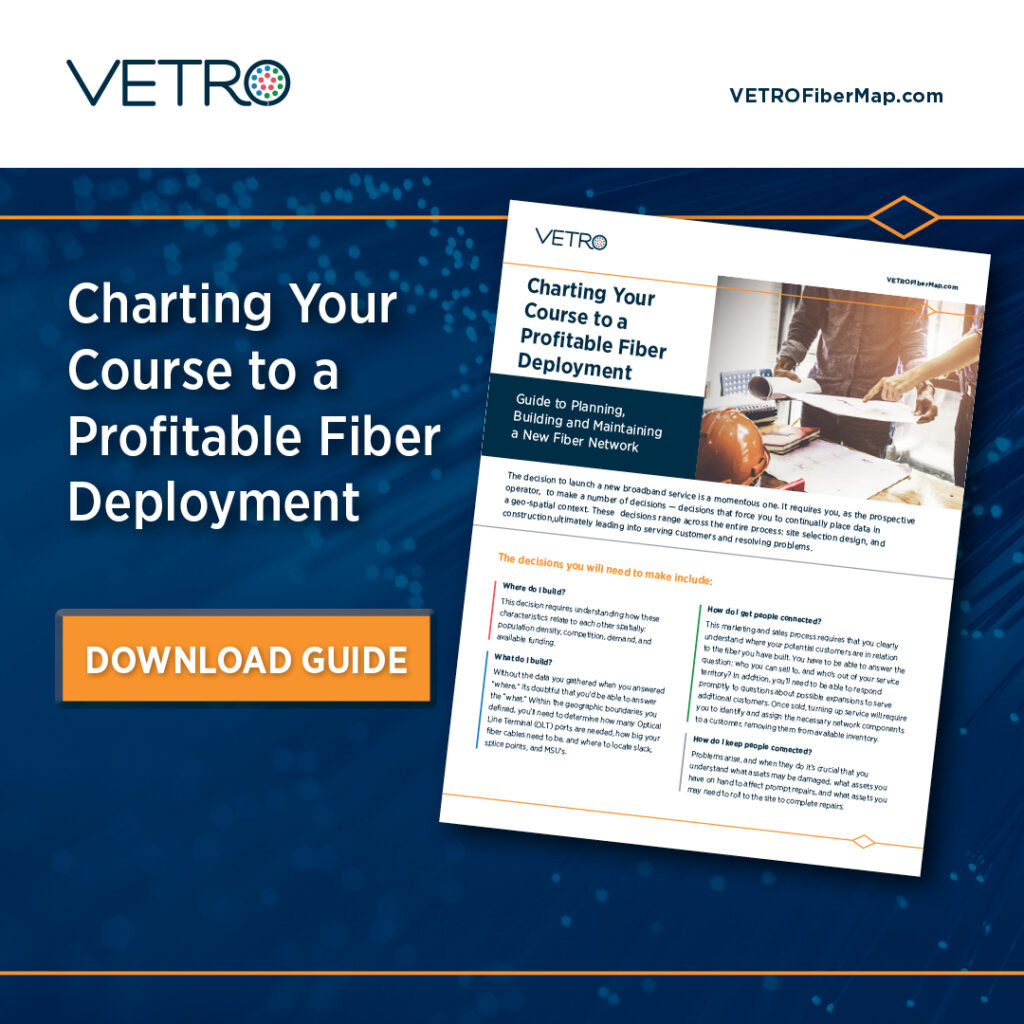ISP vs. OSP: Understanding the Divide in Telecommunications
The modern world depends on a vast and intricate telecommunications network. Behind every phone call, internet search, and video stream lies a system with two major components: Inside Plant (ISP) and Outside Plant (OSP). Knowing how they function and interact is essential for efficient network operations and satisfied customers.
What is ISP (Inside Plant)?
Think of ISP as the telecommunications heart within a building. It encompasses all the infrastructure that allows data to flow in and out:
- Cabling: Copper or fiber optic cables distributing signals throughout the structure.
- Equipment: The brains of the network – switches, routers, patch panels, servers, and more.
- Terminations: The points of connection for computers, phones, printers, and other devices using wall jacks or outlets.
- Wireless Access Points: Providing Wi-Fi connectivity to devices within the building.
What is OSP (Outside Plant)?
OSP is the rugged backbone connecting buildings to the wider world. It consists of:
- Cables: Long-distance fiber or copper cables, often running underground in ducts or aerially on poles.
- Support Structures: Utility poles, towers, trenches, conduits – the framework housing and protecting the cables.
- Enclosures: Pedestals, vaults, and splice boxes safeguarding vital network junctions.
- Distribution Points: Where cables from the main network branch off toward individual buildings.
ISP vs. OSP: A Deeper Dive into the Differences
Let’s explore the key distinctions between these two essential network parts:
- Environment: OSP faces the elements – sun, rain, ice, and even potential wildlife or accidental damage. Materials must be designed to withstand these challenges.
- Accessibility: ISP equipment is generally easier to access for maintenance vs. buried or aerial OSP components.
- Safety: OSP work may involve hazards like heights (poles) or confined spaces (trenches), requiring specialized training and safety protocols.
- Scale: OSP often covers larger distances and a broader geographic scope than ISP work.
Best Practices for ISP and OSP Success
Ensuring a robust network means following these guidelines:
- Integrated Design: Consider ISP and OSP needs together from the start, promoting seamless connectivity and future expansion.
- Standards Compliance: Adhere to industry standards and local codes for safe and reliable installations.
- Proactive Maintenance: Regular testing and inspections help catch problems early in both ISP and OSP environments.
- Documentation: Keep detailed records of assets, configurations, and service history to streamline troubleshooting.
- Test and Verify: Meticulously test all new installations and repairs before putting them into service.
The Importance of ISP/OSP Collaboration
While ISP and OSP teams may focus on different areas, their success is intertwined. Effective communication and collaboration are crucial for:
- Efficient Problem Solving: When issues arise, it’s vital to quickly pinpoint if they originate inside or outside the building.
- Change Management: Network upgrades or expansions require coordination between ISP and OSP teams to avoid disruptions.
- Customer Satisfaction: Timely service delivery and issue resolution rely on smooth handoffs between those handling internal and external network components.
ISP OSP Next Steps
Are you confident your telecommunications infrastructure delivers maximum reliability? VETRO offers expert ISP/OSP consulting, installations, and maintenance solutions. Contact us for a comprehensive network assessment and let’s ensure your system is ready for anything!



